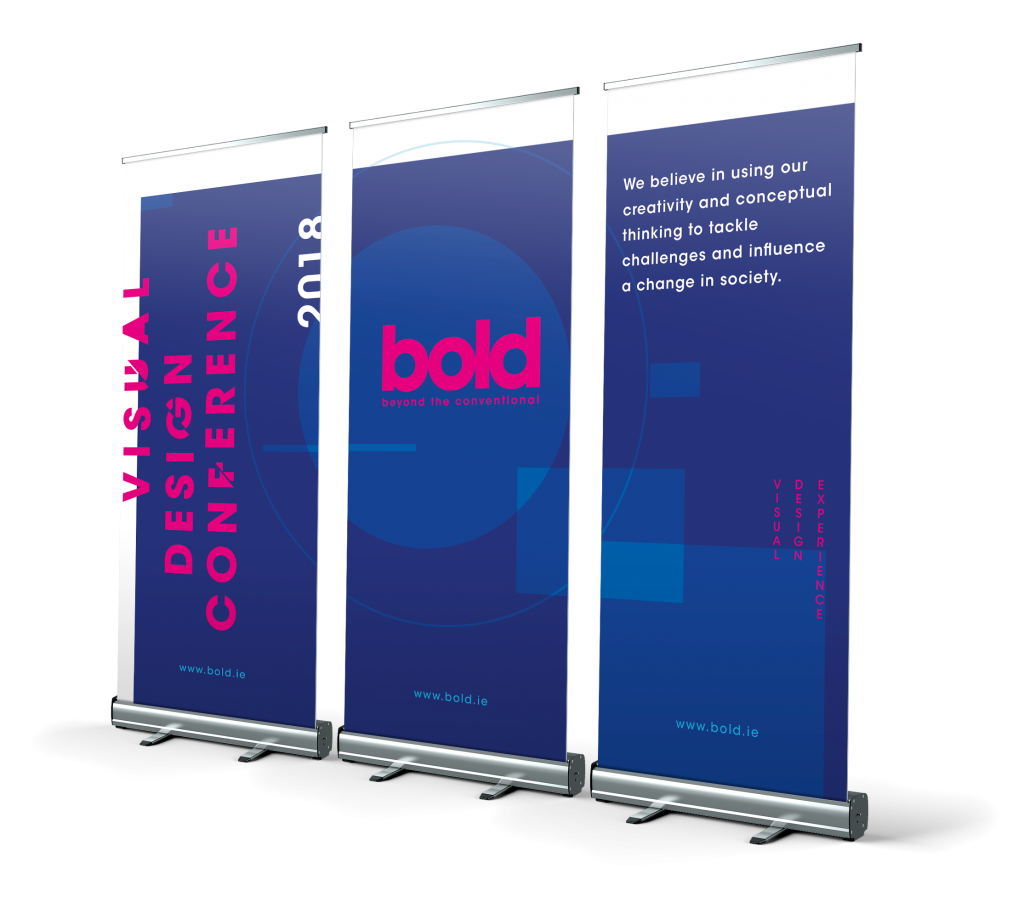Many may argue that the work produced in the creative design industry is highly subjective and that there isn’t really any real metric on how ‘good’ a design is other than what is aesthetically pleasing.
This is not true in the slightest, and many, I dare say, would be ignorant to the engineering work that’s inputted in many compositions and designs. Good designers have a systematic approach (or should have anyway) to any problem scope given and although it cannot be denied that inspirations and natural artistic abilities and talents give certain advantages, these alone cannot generate effective design work that will help businesses improve.
An effective designer therefore, must be capable of many things in order to provide a comprehensive solution for their client requirements. Most businesses are not even aware about areas where they could have an edge over their competitors. So here are 6 capabilities and traits a designer must have that would be invaluable in providing clients a competitive advantage in terms of their visual design requirements:
1. A designer must be a good problem solver
Every design objective is a problem to be solved. There’s a lot to be said about inquisitive minds. Granted that it can be addressed in many ways, some solutions can definitely be more effective than others. It is not as simple as producing a poster design for example, to a client that need some advertising around their latest product. The key is to identify the fundamental problem, develop a persona/s around the target audience, begin to think like them and eventually, you'll know exactly what they want. Only then, can you pick up your design tools and begin 'messing around' the canvas.
“You can’t solve a problem if you don’t do your homework.”
2. A designer must be an effective researcher
To tackle any problem, one needs to understand the problem and any significant level of depth of knowledge will always require some form of research activity. You can’t solve a problem if you don’t do your homework. Asking the ‘right’ questions is a major step to finding the ‘right’ answers. The questions themselves need to be relevant and a good way of validating whether it is or not is to always ask ‘why?’ This allows the designer to probe deeper into the problem and will give insight to a possible approach – eventually an effective solution. While design research can be very technical, it is still primarily a qualitative or subjective activity. Research cannot guarantee success but it can however, predict and influence a project’s success. A trait that must come hand-in-hand with this is patience, relentless in pursuit of a satisfactory answer.
3. A good communicator
Especially in the visual domain, we know that all finished design work aims to communicate something. I don’t think anyone denies that. The question rather is; ‘how well this piece of composition or layout convey the message its intended to carry?’ To answer this, another question must be asked; ‘to whom does this piece of design work is communicating to?’ which ultimately leads to the essential aspect of understanding your audience. Knowing who your target audience is critical in order to present something that will catch not only their attention but also generate interest. In a proliferated and busy marketplace, this is a key differentiating factor. A good design will always resonate to the audience it was meant for. Consistently done well and your client is on it’s way to establishing itself as a ‘necessary brand’. Communication not only apply to the finished design work but also during the design process - internal communication between the designer and the client. Some platforms include; outlining concept and supporting rationale to stakeholders and partners. This creates transparency and mitigates perception of risk. Good communication is an essential ingredient to be a master of your art.
4. Technically savvy
In today’s world, where traditional ways of designing are slowly being phased out; a much-accelerated way is through the use of software tools. A good designer will not amateurly open Adobe Photoshop and begin ‘messing around’ with its functions to improve an image – not really being sure about how it will turn out. A good designer will use the tool as an extension of oneself to achieve a specific outcome based on the vision developed through extensive research and not simply ‘hoping for the best’. There is a myriad of software available to designers – most are optimised to what has become standard by way of user intuitive. Take time to learn as many of these tools and overcoming these learning curves will sure to net you with opportunities and more challenging (and rewarding), worthwhile projects. Those who do not invest in knowing these tools will simply not be able to compete with those who spent a lot of time familiarizing themselves with the whole software suite.

5. Be focused
Being distracted can mean the difference between an excellent directed composition and a sloppy layout. Consistently riding the momentum (you know what I mean about this) can increase focus and your chances of acquiring inspiration will also go up. Also, having a set of objectives helps you to resume on any leftover work from the weekend. Finish a job from start to finish if you can, don’t be sparse about your tasks and activities. Coffee, for most people is a great mental agitator
Conclusion
I listed only a handful of essential skills and traits of many in the arsenal of a good designer/ creative. Some of these can be identified pretty early on and can be refined over time, eventually and inevitably reaching 'pro' level. As a summary, pursue what you want and you become proficient in anything you do often.
I'm sure there are more just as invaluable 'must-have' skills and traits. Comment below and teach me something new.